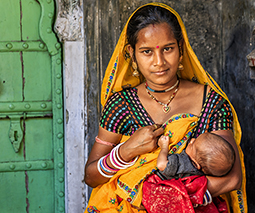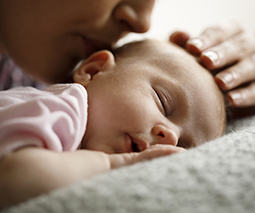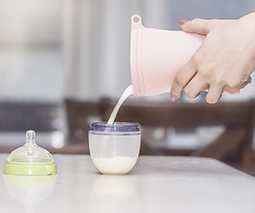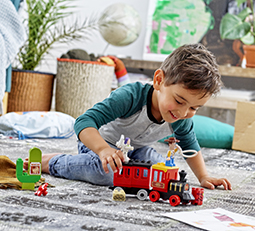This jaw-dropping illustration of breastfeeding boobs has got mums talking
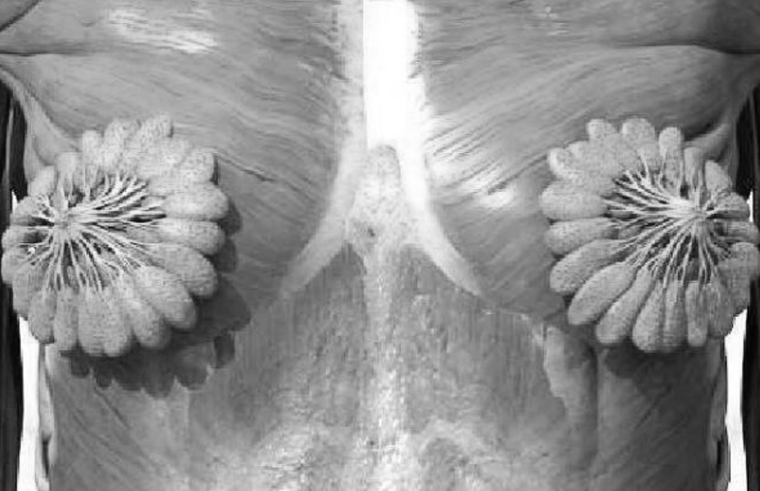
An image uploaded to Instagram has got mums digging a little deeper into how breastmilk is created in the body, and just what those amazing milk ducts might actually look like.
Our bodies are amazing
“Our bodies are AMAZING!” lactation consultant Milky Mama posted on Instagram. “This is a look at breasts on the inside. You can clearly see the milk ducts and glands. You can also see why it’s important for baby to latch on to the areola/breast tissue and not just the nipple.”
This image might have you thinking – perhaps for the first time – about what lies within your breastfeeding boobs. While the Milky Mama-shared image is quite stylised and uniform, touching on the mechanics of breasts that make milk, in reality, things are a little messier and more complex.
The glands that create the milk are like little bunches of grapes or balloons. Perhaps not quite as daisy-like as shown in the picture above, but riffing off a similar theme.

What’s inside a breast?
Breasts are mostly made up of fat cells called adipose tissue. This tissue is packed with ligaments, fibrous connective tissue, nerves, lymph vessels, lymph nodes, and blood vessels.
The breast is also composed of milk-making and transporting milk ducts, which expand and branch out during pregnancy as a woman’s body is flooded with various hormones.
Each lactating breast has between 12 and 20 sections radiating from the nipple which are known as lobes. These lobe sections are made up of smaller lobules.
Lobules contain the milk-making part of the breasts. Lobules are made up of little clusters of expandable balloon-like structures called breast alveoli and are connected to a common milk duct. During pregnancy, progesterone causes these alveoli to bud and expand outward toward the chest wall, in readiness for breastfeeding.
These amazing breast alveoli are lined with precious milk-secreting cells which fill and push milk into the connected ducts, down to the nipple and to your baby (or all over your t-shirt!)
You can read more about what lies within lactating breasts, and the biology of breastfeeding here.
Milky Mama is right! Our bodies are really amazing!

Image under creative commons from https://tinyurl.com/ycypvevd
 Need some more feeding advice? Parent School’s International Board-Certified Lactation Consultants can help. Click to find out more or book a one-on-one session.
Need some more feeding advice? Parent School’s International Board-Certified Lactation Consultants can help. Click to find out more or book a one-on-one session.
